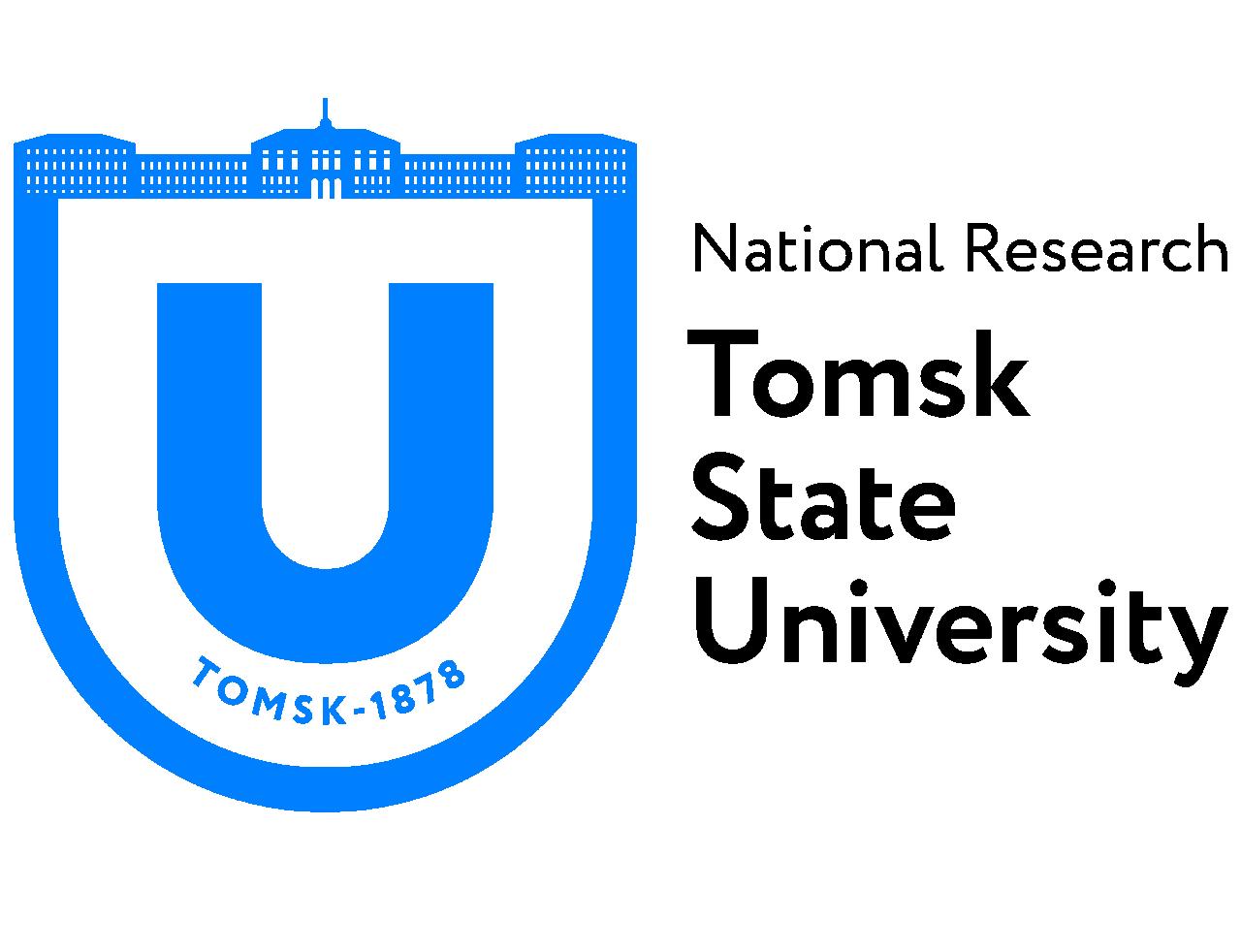Tomsk State University: TSU geneticists will modify oil-destroying bacteria
TSU’s Department of Genetics and Cell Biology and a corporate group, Darwin, are investigating bacteria strains that can oxidize (destroy) hydrocarbon molecules in oil-polluted bodies of water. The goal is to determine genetic differences that are responsible for this. That would allow geneticists to unite useful characteristics of different bacteria in one strain and recover bodies of water more effectively.
“We work with bacteria strains that were the basis for creating ‘Aborigen’, a product for cleaning bottom sediments from oil,” explains Alina Kokhanenko, a senior research fellow at the TSU Laboratory of Ecology, Genetics, and Environmental Protection. “Hydrocarbon-oxidizing organisms were discovered in polluted water flow in the Arctic. These bacteria eat oil products to get energy and oxidize it into nontoxic elements. Together with the corporate group Darwin, the Biological Institute decided to see exactly what mechanism they use to utilize carbohydrates.”
According to the research papers that TSU scientists have analyzed, oxidation occurs with the help of various enzymes – protein compounds that quicken chemical reactions in living organisms. The researchers chose several enzymes that could potentially be responsible for these reactions and are currently studying Arctic strains for whether they have them.
“Any protein, including enzymes, is read from a DNA nucleotide sequence – a gene that determines its structure and features,” explains Alina Kokhanenko. “We want to see whether the strains from oil-polluted bodies of water have the genes of interest to us. The next step is to compare the genes from already described strains and find out the differences that could be connected to the enzyme’s being more active.”
The researcher says that the genes of such ferments that allow bacteria to destroy oil can be located on a chromosome and transfer from generation to generation or in a plasmid, a small circular DNA molecule that bacteria can share with each other.
After determining genetic sequences responsible for different activities, the geneticists can collect all the genetic codes in one plasmid and inject it into any strain. Due to that, a bacteria will be able to work in new conditions and become a universal soldier with multiple functions.
This will solve one of the biggest issues of manufacturing biological products: not all strains can get along well. Additionally, the time and amount of work will be reduced because the will be no need to cultivate ten different kinds of bacteria. As a result, the final product might be more effective and cost less, which will help clear more water ecosystems.

